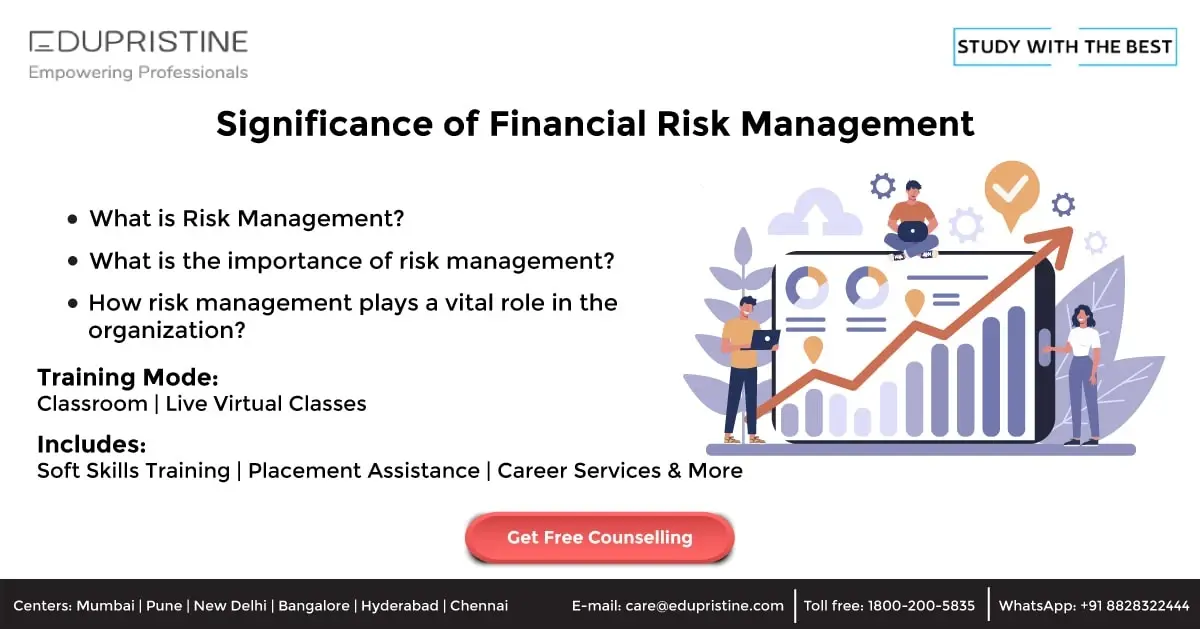The Role and Importance of Risk Management in Ensuring Corporate Continuity
The Role and Importance of Risk Management in Ensuring Corporate Continuity
Blog Article
Exploring the Importance of Risk Management for Effective Decision-Making Techniques
In the intricate globe of organization, Risk Management arises as a vital variable in the decision-making process. The capability to determine possible hazards and opportunities, and strategize as necessary, can spell the difference between success and failure.
Comprehending the Idea of Risk Management
Risk Management, an important part in decision-making, is often misinterpreted or oversimplified. Typically, it refers to the identification, assessment, and prioritization of dangers to reduce, keep an eye on, and manage the likelihood or effect of regrettable occasions. However, it's not merely about avoiding unfavorable outcomes, but also about acknowledging potential opportunities. Risk Management entails self-displined and organized techniques, utilizing data and insightful assessments. It calls for a comprehensive understanding of the company's context, goals, and the potential threats that might combat them. From economic uncertainties, legal responsibilities, tactical Management mistakes, to accidents and all-natural calamities, it attends to various threats. Significantly, effective Risk Management is not stagnant; it's a continual, positive procedure that develops with changing conditions.
The Duty of Risk Management in Decision-Making Processes
In the realm of tactical planning and company procedures, Risk Management plays an important role in decision-making processes. Risk Management therefore comes to be an essential device in decision-making, assisting leaders to make enlightened selections based on a thorough understanding of the dangers involved. Risk Management serves as an essential element in the decision-making procedures of any company.

How Risk Management Improves Strategic Preparation
In the context of critical planning, Risk Management plays a critical role. Initiating with the recognition of potential threats, it better prolongs to the implementation of Risk mitigation steps. The role of Risk Management is not fixed however dynamic, as it requires constant surveillance and adjusting of methods.
Identifying Possible Dangers

Carrying Out Risk Mitigation
Having developed the relevance of recognizing potential risks, the next step is to check out Risk mitigation. This process includes creating and carrying out strategies to take care of determined risks efficiently. It is a critical element of critical planning as it enhances decision-making by minimizing potential adverse end results. Risk mitigation strategies can vary from Risk avoidance, Risk transfer, to take the chance of decrease. Each method must be tailored to the specific Risk, considering its prospective effect and the organization's Risk resistance. Reliable Risk reduction needs a deep understanding of the Risk landscape and the possible effect of each Risk. This understanding allows organizations to focus on dangers and assign sources successfully, making sure that the most substantial dangers are addressed first.
Surveillance and Changing Methods
Though Risk reduction is a vital action in calculated planning, constant surveillance and adjustment of these methods is equally vital. This continuous procedure allows organizations to recognize new dangers and reassess existing ones, making certain the executed methods stay reliable in the ever-changing business atmosphere. It additionally provides an opportunity to examine the success of the Risk Management measures, allowing adjustments to be made where essential, more boosting tactical preparation. Efficient monitoring and adjustment need the use of analytics and crucial performance signs (KPIs) to measure efficiency. These tools offer valuable data-driven Check This Out insights that can inform strategic decision-making. For that reason, monitoring and adjusting Risk Management methods is a crucial component for improving a company's resilience and tactical planning.
Case Studies: Successful Risk Management and Decision-Making
In the globe of organization and financing, effective Risk Management and decision-making frequently offer as the columns of flourishing enterprises. These cases highlight the worth of astute Risk Management in decision-making procedures. These situations emphasize the essential role of Risk Management in tactical decision-making.
Tools and Methods for Efficient Risk Management
These tools, such as Risk signs up and warmth maps, help in recognizing and analyzing prospective threats. Risk feedback strategies, a crucial part of Risk Management, include accepting, preventing, transferring, or mitigating risks. With these tools and techniques, decision-makers can navigate the complicated landscape of Risk Management, consequently facilitating notified and reliable decision-making.
Future Patterns in Risk Management and Decision-Making Approaches
As we check out the substantial landscape of Risk Management, it becomes obvious that the strategies and tools made use of today will remain to progress. Future patterns direct in the direction of an increased dependence on technology, with artificial knowledge and equipment knowing playing substantial duties. These modern technologies will certainly make it possible for organizations to forecast potential risks with better precision and make more educated decisions. Additionally, there will certainly be an expanding focus on resilience, not just in handling threats but likewise in recovering from unfavorable circumstances. Lastly, the idea of Risk culture, where every member of a company understands and involved in Risk Management, will certainly obtain a lot more importance. These patterns herald a more proactive and inclusive method towards Risk Management and decision-making.
Verdict

Risk Management therefore comes to be an essential device in decision-making, aiding leaders to make informed choices based on a thorough understanding of the threats involved. Risk mitigation approaches can range from Risk avoidance, Risk transfer, to risk decrease (importance of risk management). Reliable Risk reduction needs a deep understanding of the Risk landscape and the prospective influence of each Risk. Risk feedback methods, a vital component of Risk Management, involve approving, staying clear of, moving, or mitigating threats. The principle of Risk society, where every participant of an organization is mindful and included in Risk Management, will certainly get much more prominence
Report this page